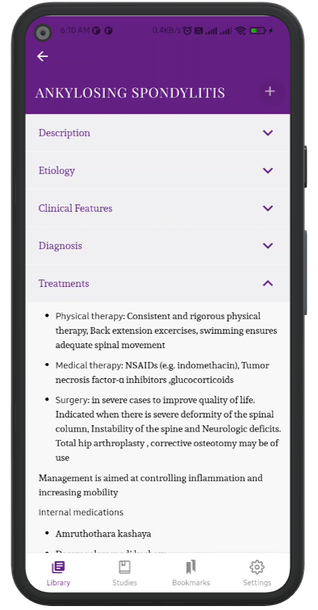MYASTHENIA GRAVIS
Description
- Myasthenia gravis (MG) is an autoimmune disorder of the neuromuscular junction characterized by generalized muscle weakness. The pathophysiology involves auto antibodies directed against postsynaptic acetylcholine receptors, thereby impairing neuromuscular transmission
- Arrest of the neuromuscular transmission causes a fatigable skeletal muscle weakness with diurnal variation of symptoms. Most patients are young or in their sixth decade of life. Females are more commonly affected in younger age
- The most common initial symptoms are ptosis and/or diplopia due to ocular muscle weakness, with the disease usually progressing to generalized weakness within two years. At that point, patients have difficulties standing up, climbing stairs, and possibly even swallowing and/or chewing. Muscle weakness worsens throughout the day with increased activity and improves after rest
Types
Myasthenia presents with history of fatigable proximal muscle weakness, increasing towards evening and improving in morning after rest
Eye muscle weakness : is the most common initial symptom
- Asymmetrical binocular diplopia
- Weakness of orbicularis oculi
- Ptosis and squint
- Normal papillary response
Muscle involvement
- Muscles of mastication: Dropping of the jaw while chewing hard foods
- Facial muscles: lack of facial expression and snarl on attempted smiling
- Bulbar muscle weakness: Dysphagia and Dysphonia and may result in aspiration pneumonia
- Fatigable weakness of skeletal muscles in which smaller muscles responsible for fine movements (e.g. eye muscles) tend to be affected first, while larger muscles become affected later on
Proximal limb weakness causes difficulty in
- Climbing stairs
- Rising from a chair
- Brushing hair
Respiratory muscle weakness causes Dyspnoea
Others
- Speech : nasal intonation but improves with rest
- Muscle bulk is normal and muscle wasting is rarely seen
Clinical forms
- Ocular myasthenia: only the extra ocular and/or eyelid muscles
- Generalized myasthenia: All skeletal muscles may be involved. Especially ocular, bulbar, limb, and respiratory muscles
- Myasthenic crisis: an acute, life-threatening exacerbation of myasthenic symptoms that leads to respiratory failure
Differential diagnosis :
- Lambert Eaton myasthenic syndrome (LEMS)
- Congenital myasthenic syndrome
- Amyotrophic lateral sclerosis
Investigation
- Presentation of fatigable proximal muscle weakness with diurnal variation of symptoms and diplopia with evidence of muscle weakness of eye closure and eye opening with normal pupils establishes the diagnosis
- Chest CT - to rule out thymoma
- AChR antibody test : gold standard test for confirming MG. 80–90% of patients with generalized MG have antibodies and 100% of patients with thymoma have antibodies
- anti-MuSK: other associated antibodies
- Electromyography (EMG): shows decremental response following repetitive nerve stimulation
- Edrophonium test (Tensilon test/ Neostigmine test): useful in ocular myasthenia
- Ice pack test: useful when ptosis is present
- Repetitive nerve stimulation test
Treatments
Ach esterase inhibitors
Drug of choice: pyridostigmine
Glucocorticoids
Surgery
- Thymectomy
Internal medicines
- Ashtavarga kashaya
- Vidaryadi bkashaya
- Indukanta kashaya
- Aswagandha choorna
- Kapikachu choorna
- Vatagajankusha rasa
- Kushmanda rasayana
- Vidaryadi ghrita
- Aswagandharishta
- Balarishta
Department
Kayachikitsa

